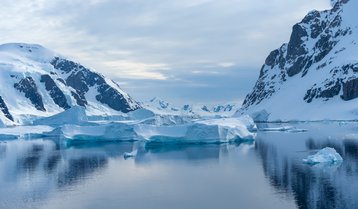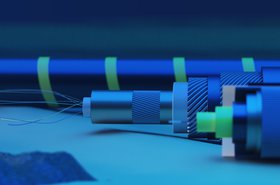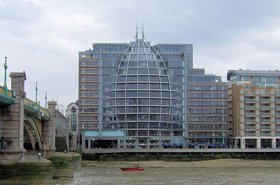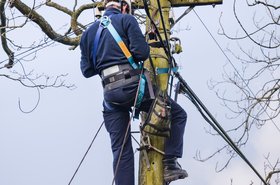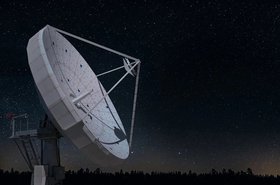The US National Science Foundation (NSF) has published its first study on a potential subsea cable connecting Antarctica to Australasia.
The NSF last week announced the release of a desktop study (DTS) assessing the feasibility of connecting NSF's McMurdo Station in Antarctica to either Australia or New Zealand via a subsea cable.
NSF's Geosciences and Computer and Information Science and Engineering directorates commissioned the study in response to a workshop held in 2021 looking at the potential benefits of an Antarctic subsea cable.
The comprehensive study includes data on the Southern Ocean's properties, marine life, seabed geology, climate conditions, national/international regulations and environmental review and permitting requirements for the region.
It identifies routes and possible landing locations for the cable, and how to adapt the cable to support scientific observations, including adding smart repeaters to measure the ocean.
The foundation said it is now implementing follow-on studies to refine the issues raised in the DTS. The NSF is planning a second science workshop to refine the science goals and objectives that will influence the final cable design and route.
As well as McMurdo Station (either via the new data center under construction or a dedicated cable landing station), landing points could include Invercargill in New Zealand (at DataGrid’s upcoming facility) or Sydney in Australia (possibly inside Equinix’s SY4 facility), with branching units to Australia’s Antarctic program research station on Macquarie Island and/or Terra Nova Bay in Antarctica where a number of other research stations are based.
The study recommends the New Zealand option as it is shorter and has less damage risk from shipping. Potential system costs have been redacted from the public version of the published study.
Antarctica is the last remaining continent without a subsea fiber cable, with research stations across the region entirely reliant on satellite communications. The US McMurdo Antarctic station, located on Ross Island, has around 25Mbps to share between up to 1,000 people in the Austral summer, though is now also trialing Starlink.
Australia’s own research stations in the region are similarly constricted on bandwidth.
However, a number of parties are exploring the possibility of building a cable to Antarctica to support research missions.
Last year Chilean state-run infrastructure fund Desarrollo País and H2 Cable, a subsidiary of Singapore’s BW Digital, announced they were seeking a partner to begin work on the Humboldt Cable that will connect Chile to Australia, with a potential spur to Antarctica.
The South Pole is entirely reliant on communications from three aging satellites.

